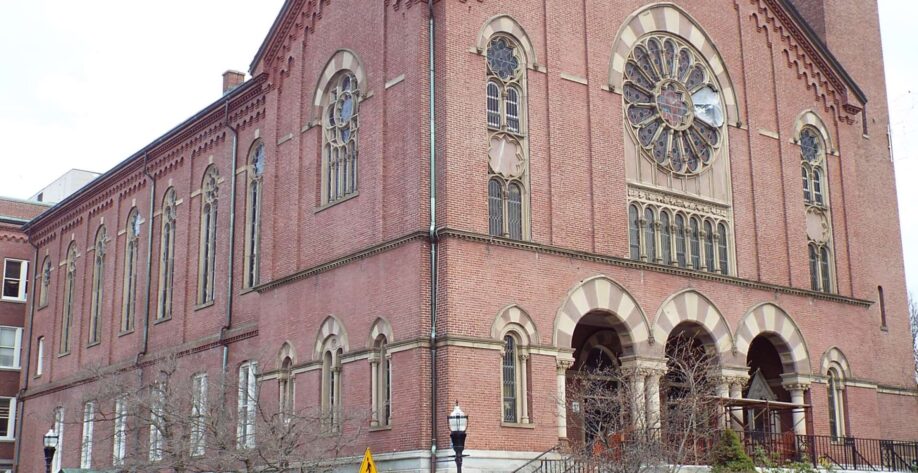Restoration and repair of multi-wythe masonry structures may require in-place strengthening. When rebuilding cracked, deteriorated, or displaced masonry assemblies is not practical, economical, feasible, or safe; in-place strengthening may be the appropriate solution. In-place strengthening is particularly appropriate for masonry walls supporting significant loads: wall corners and walls with large openings. When masonry walls have experienced internal movement, the result may be separation between wythes or the face cladding (stone) from a brick back up wall. Such separation results in reduced load bearing capacity. Methods available for in-place strengthening include installation of, stainless steel wall ties, grouted reinforcing steel, and stainless-steel masonry anchors with ports for injecting structural grout.
For historic structures constructed with hydraulic lime mortars, it’s important that structural grouts are compatible with the functioning of the existing assembly. ASTM 1707 provides current standards for pozzolanic hydraulic lime (PHL) for structural applications. PHL structural grouts are breathable, cure within a wall cavity, provide moderate compressive strength, and accommodate movement within masonry assemblies. Such movements include those commonly caused by settlement and freeze thaw-cycles.

